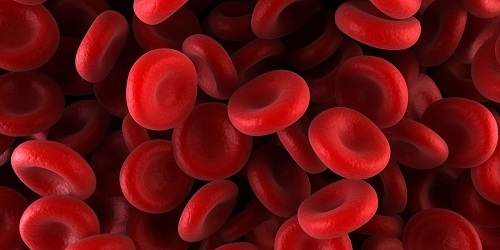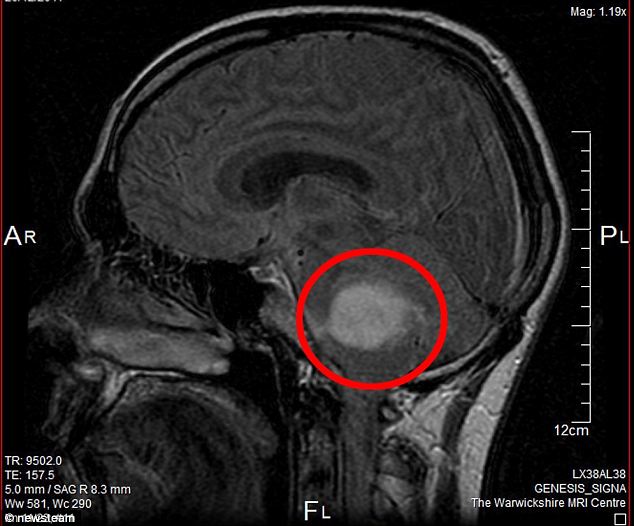A scanning fibre endoscope can be fitted into a casing usually used for covering medicines, and which is small enough to be swallowed. The devices records 15 colour images per second with a resolution of more than 500 lines per inch. Its makers have designed it to take high-quality pictures in confined spaces. They envision that such a device may help detect warning signs of oesophageal cancer, and, that too, at a cheaper cost. “Our technology is completely different from what’s available now. This could be the foundation for the future of endoscopy,” said lead author Eric Seibel, a University of Washington research associate professor of mechanical engineering. The oesophagus is the section of digestive tract that moves food from the throat down to the stomach. Oesophageal cancer often follows a condition called Barrett’s esophagus, a noticeable change in the oesophageal lining, which is treatable. However, due to huge costs dissuade people to go for internal scanning, and they often end up developing oesophageal cancer. “These are needless deaths. Any screen that detected whether you had a treatable condition before it had turned into cancer would save lives,” Seibel said. Unlike traditional approaches, the new endoscope has been designed in such a way that it would not require sedating patients during the scan. It consists of just a single optical fibre for illumination, and six fibres for collecting light, all encased in a pill.

Be a part of Elets Collaborative Initiatives. Join Us for Upcoming Events and explore business opportunities. Like us on Facebook , connect with us on LinkedIn and follow us on Twitter , Instagram.












